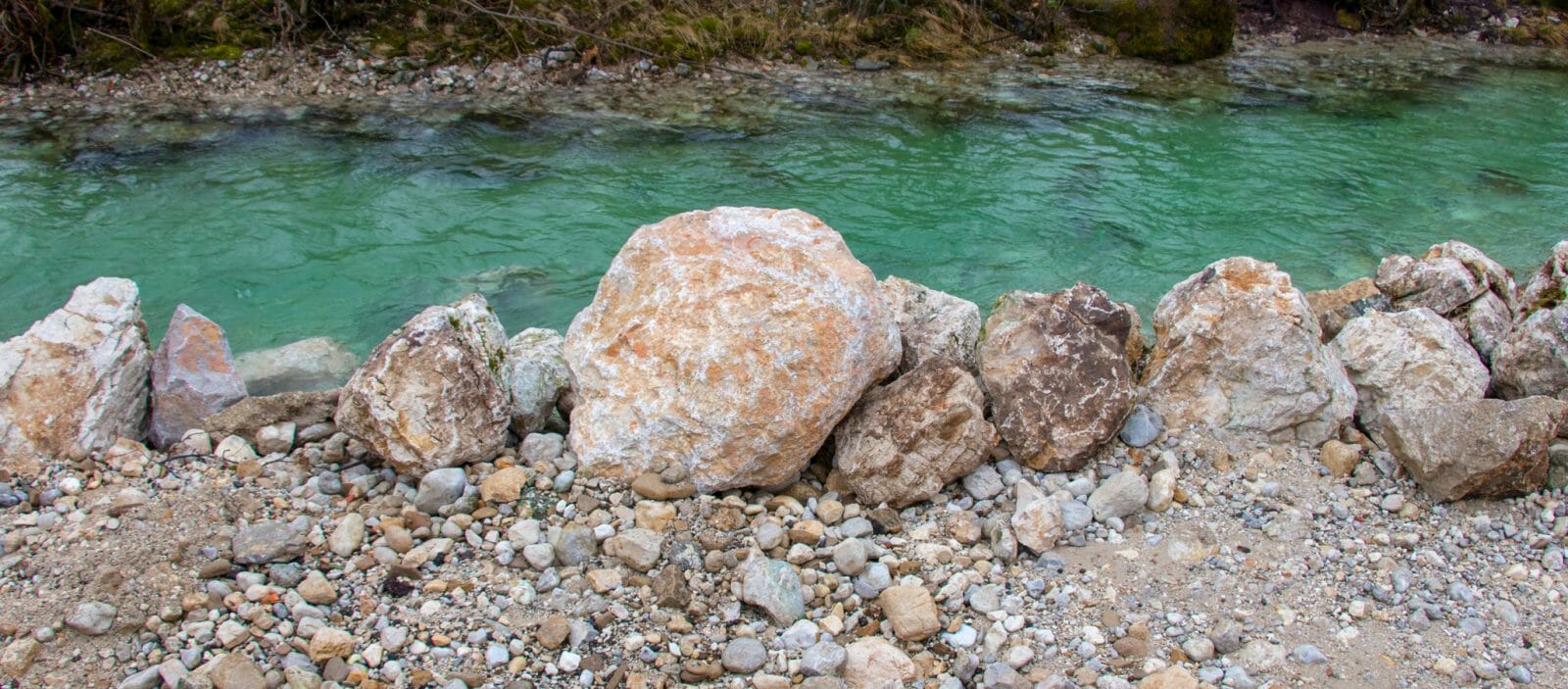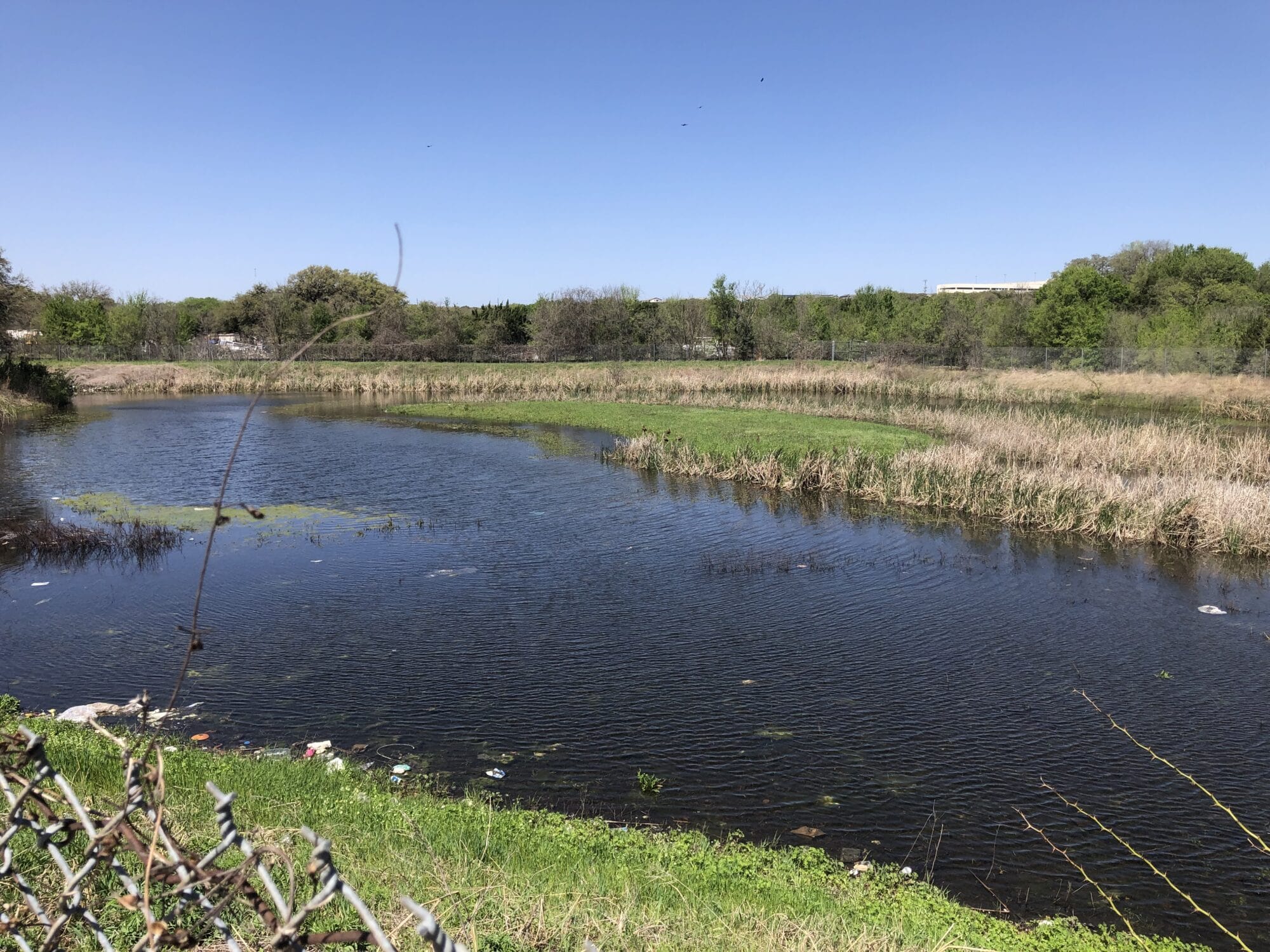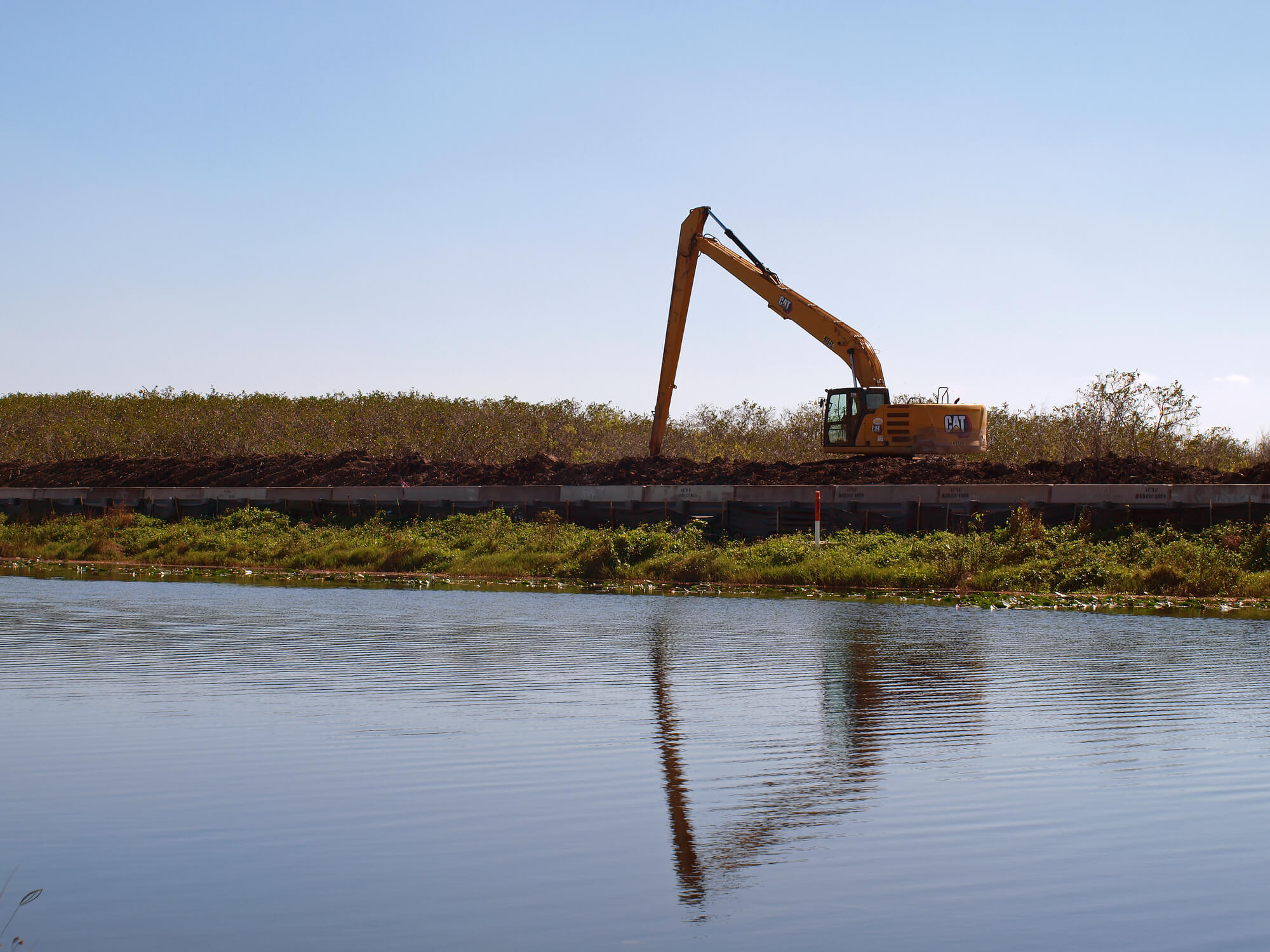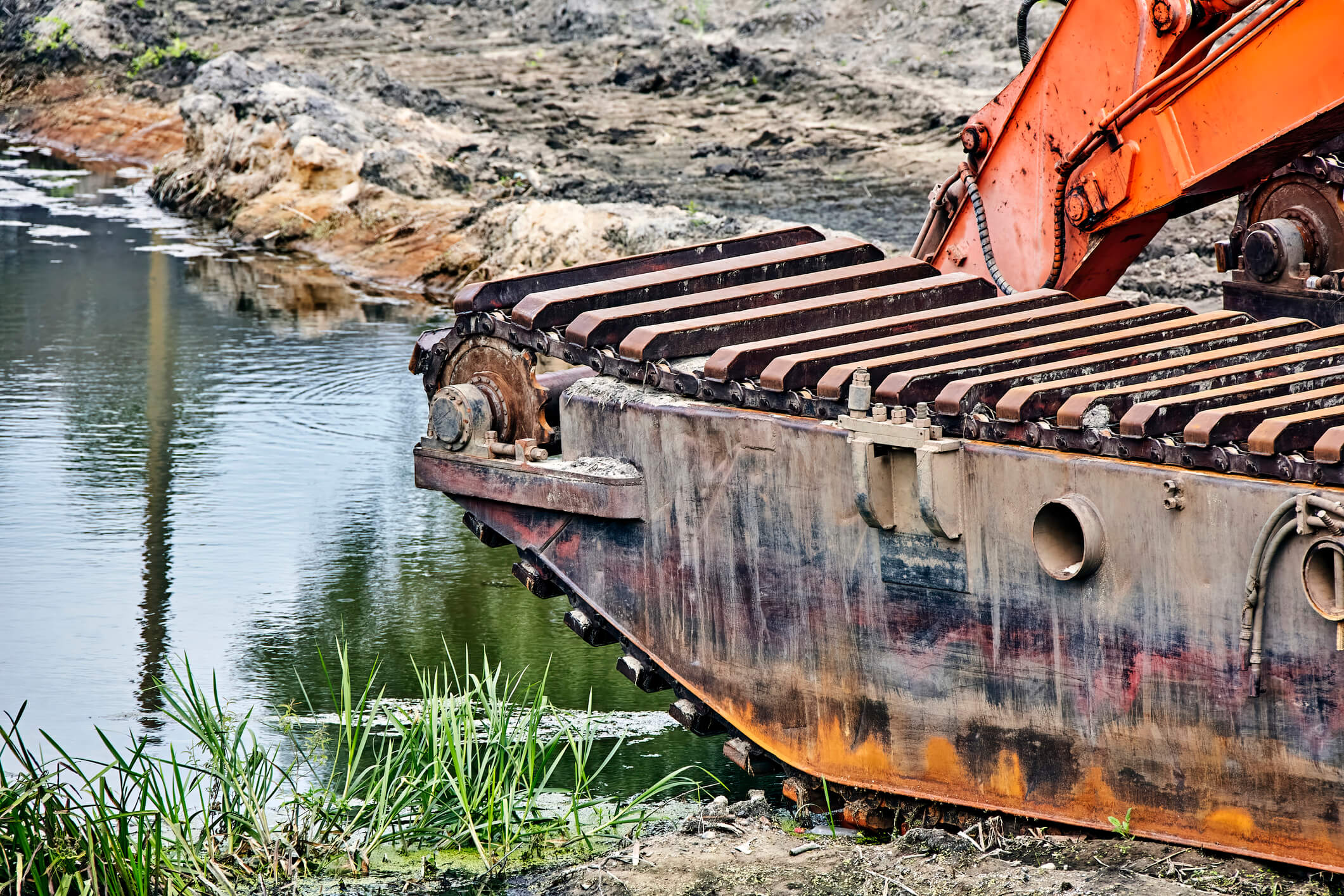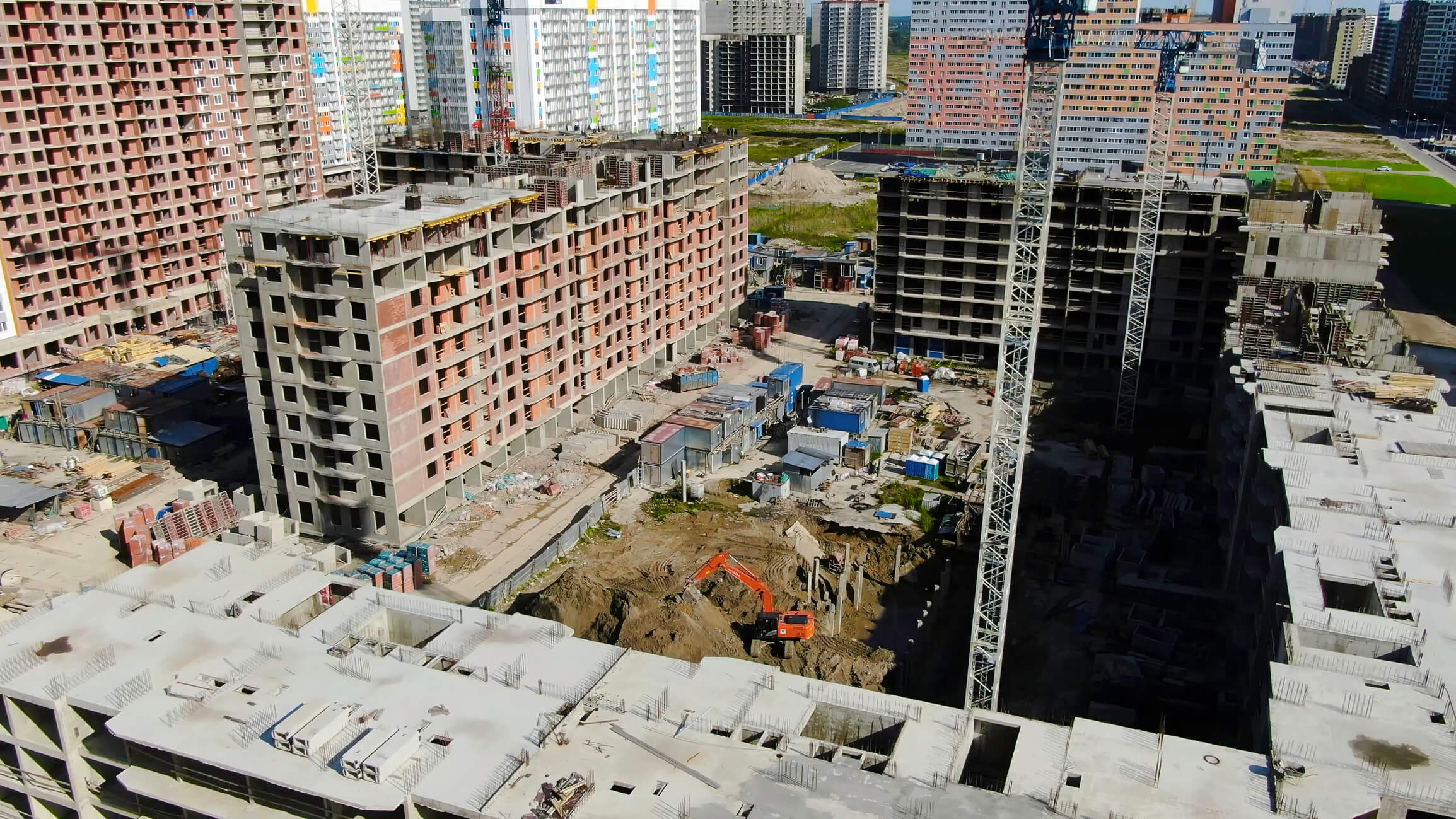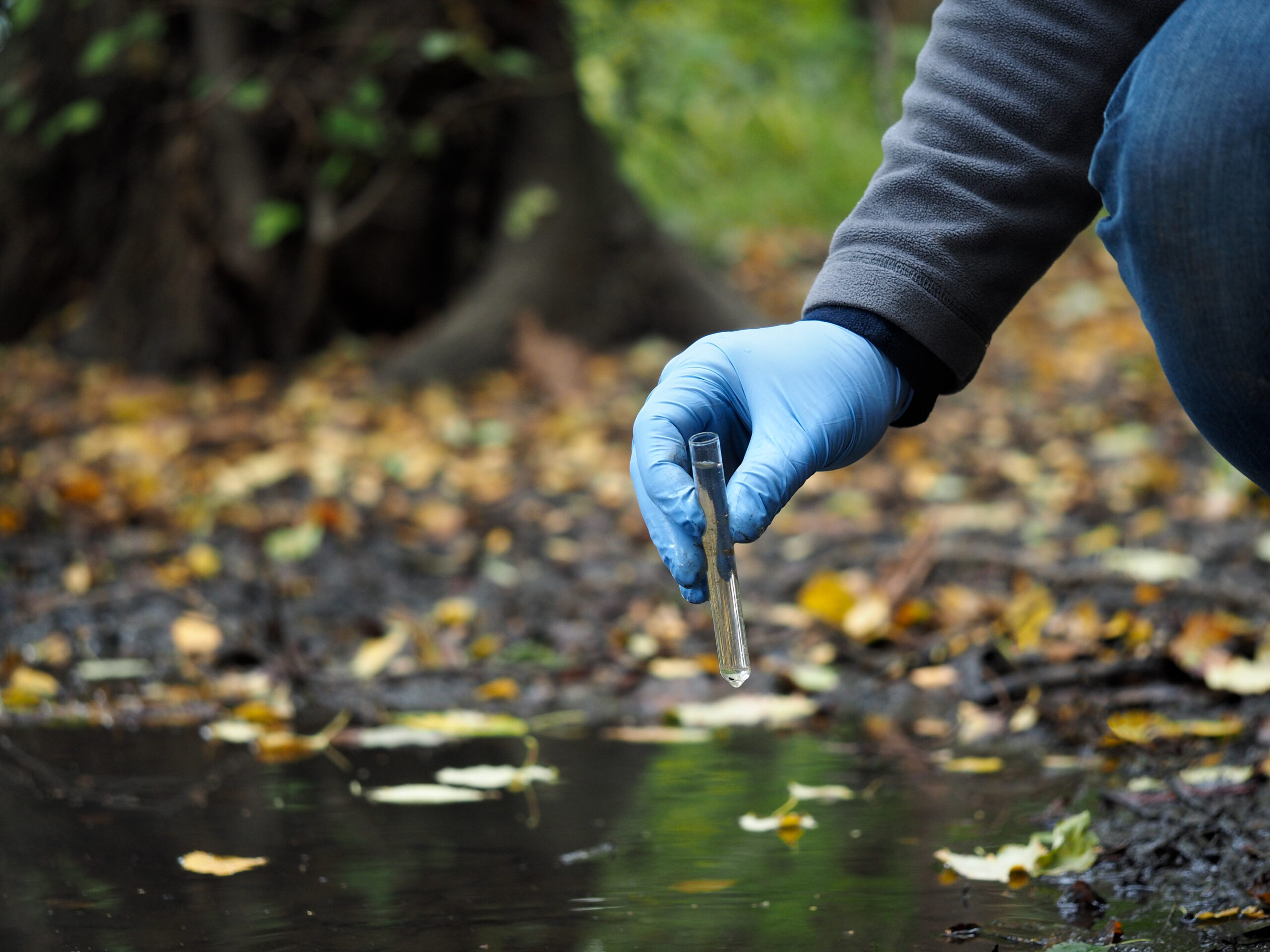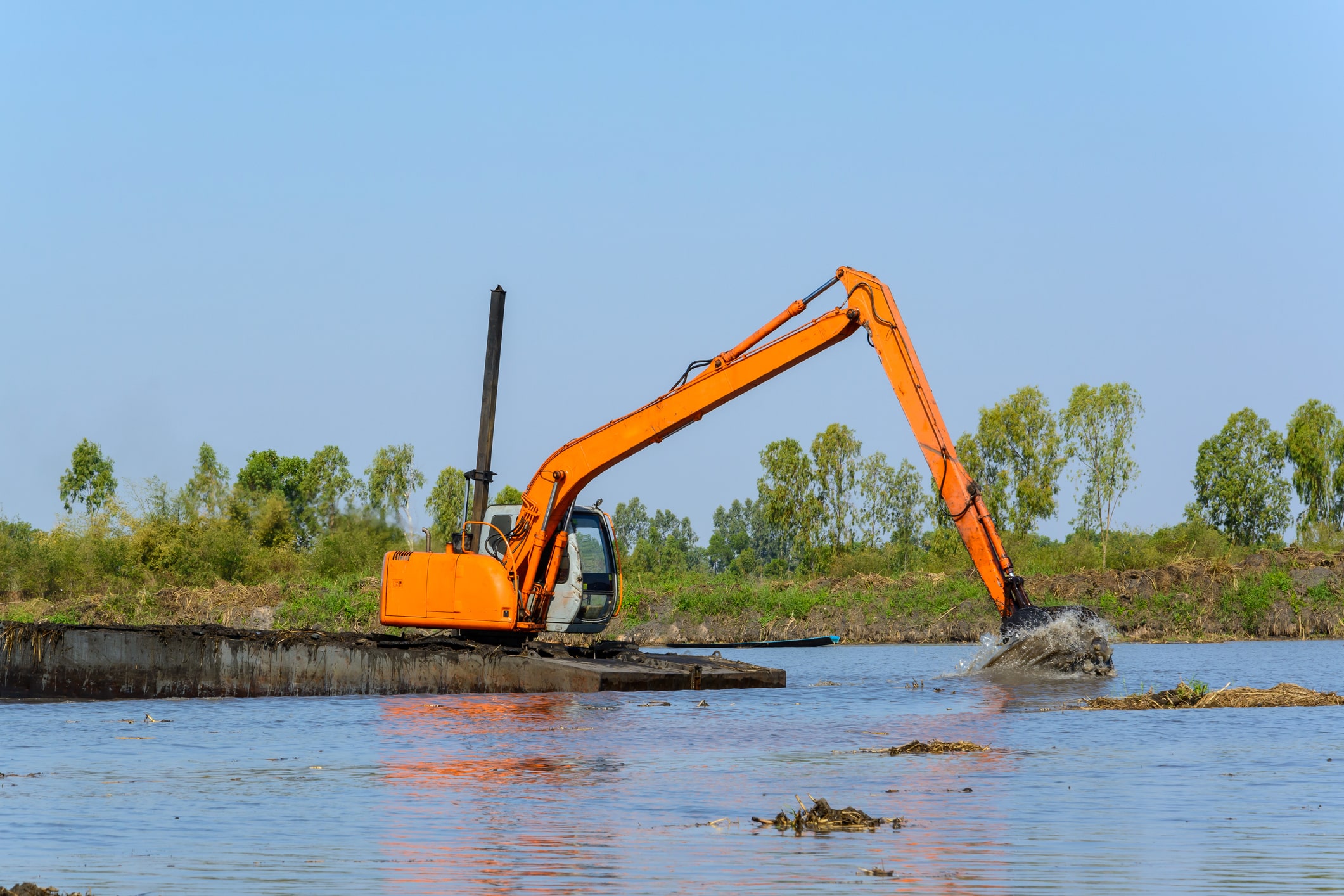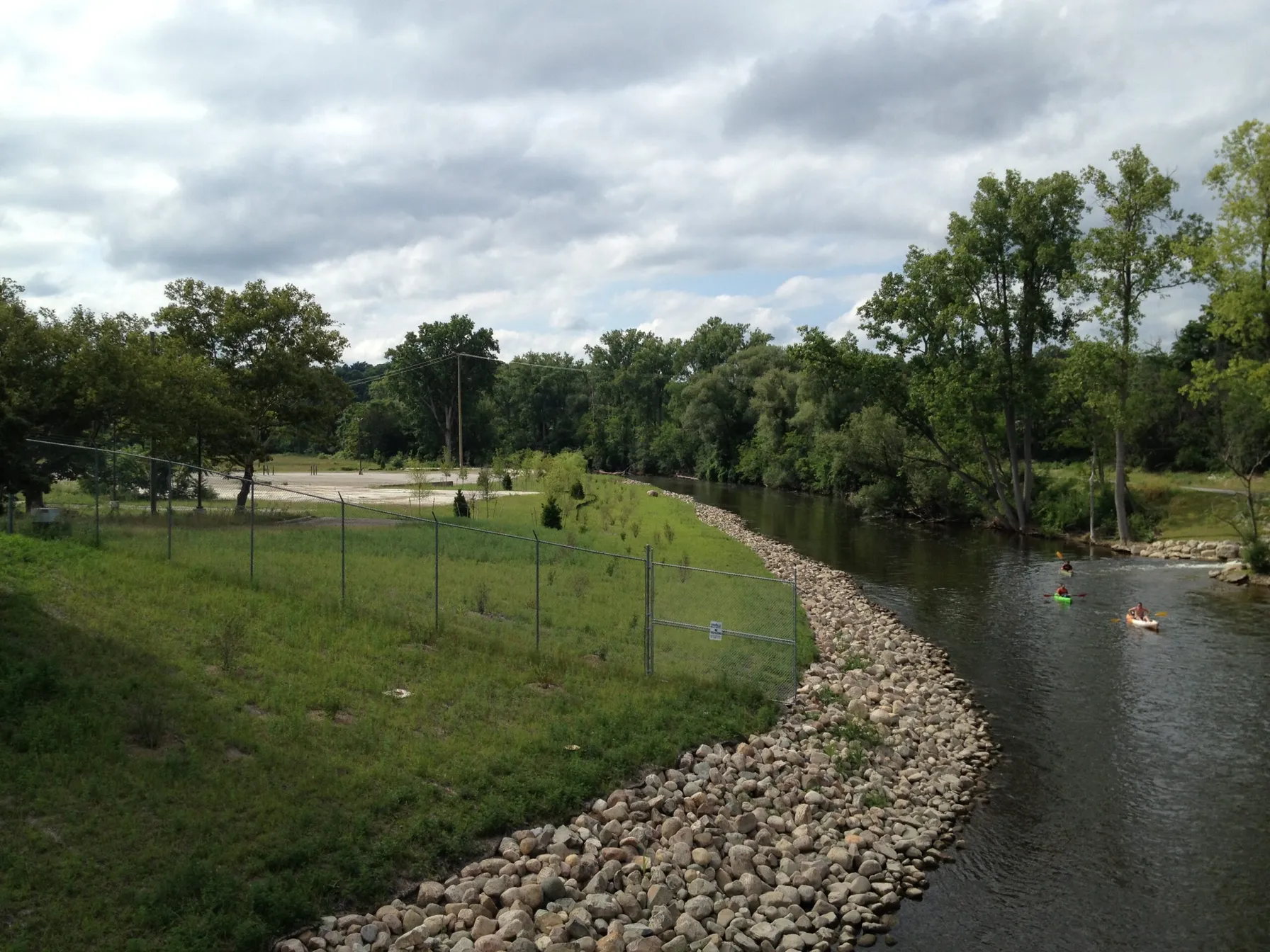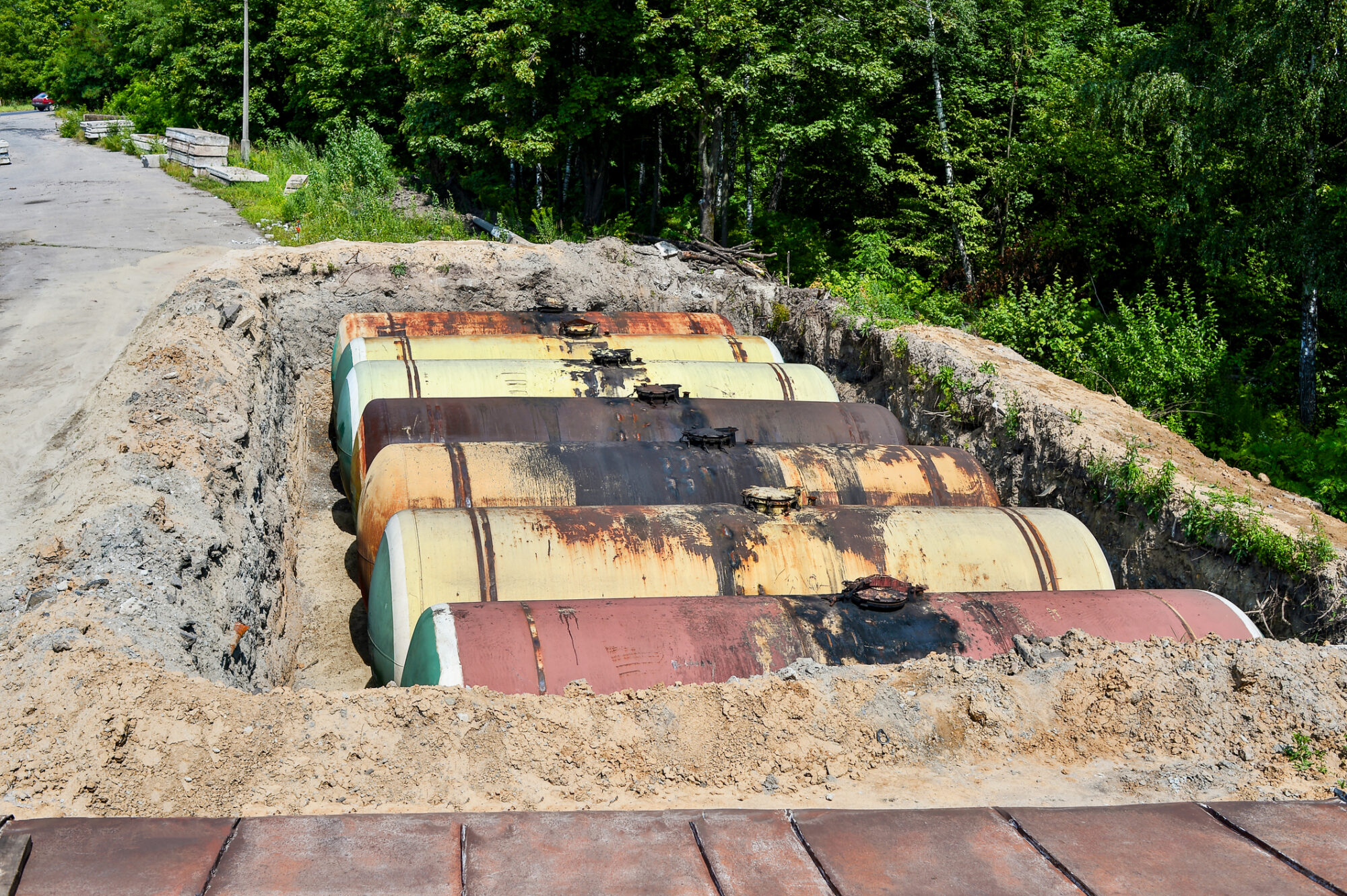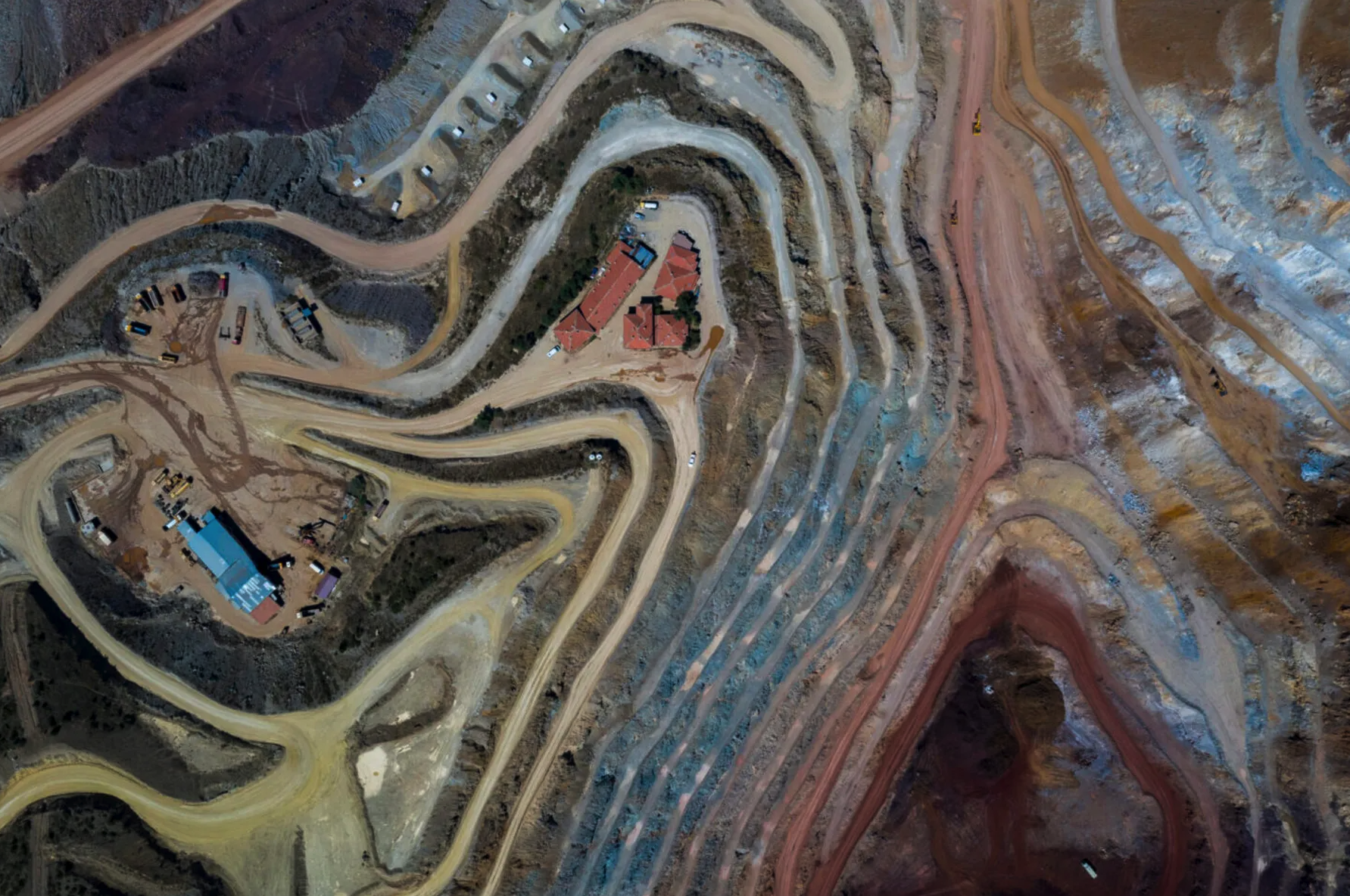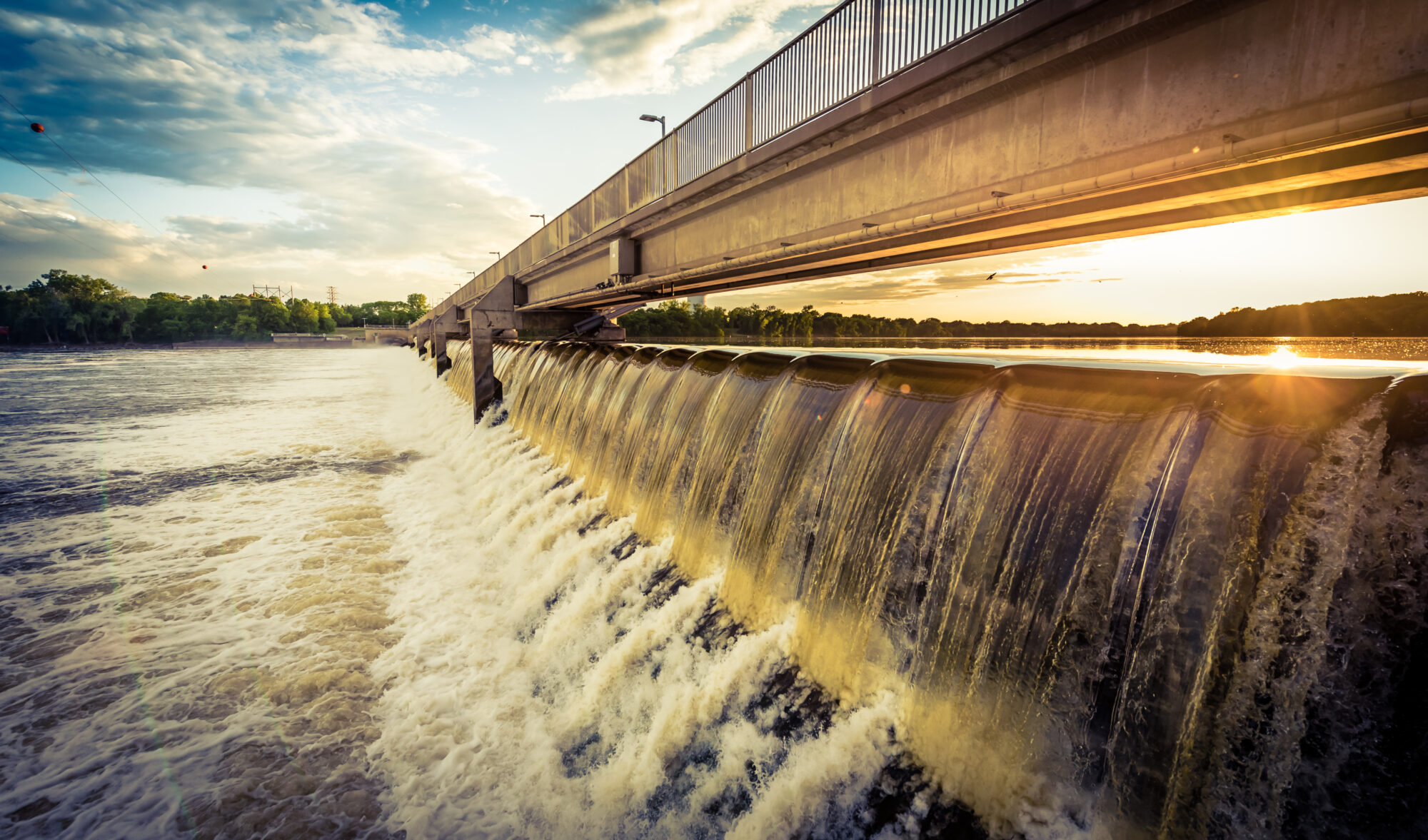We handle a wide variety of sediment remediation projects, including those involving mercury, dioxin, PCBs and PAHs. Our capabilities also include in situ treatments and capping, river restoration and complex dredging.
Effectively Manage Contaminated Sediment
Creative and scientific resolutions for impacted sediment management and remediation challenges.
Contaminated sediments pose significant environmental and health risks. Remediation can be costly and complex, involving expectations from diverse stakeholders including regulatory bodies. These hurdles can increase costs, delay project timelines and complicate your long-term environmental goals.
TRC delivers innovative, science-based solutions to effectively remediate these complex sites and restore ecosystems.
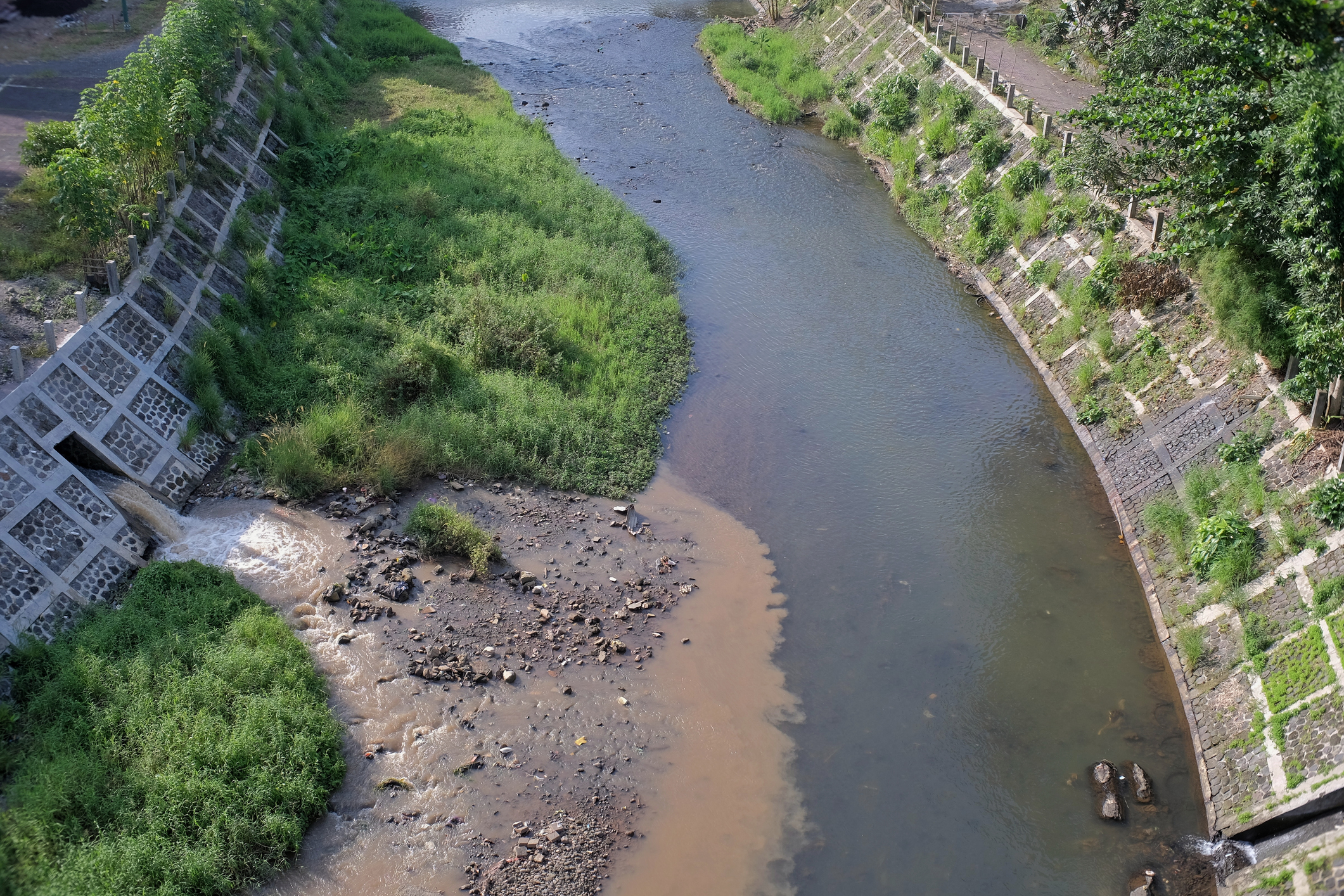
Resolve Your Contaminated Sediment Challenges With TRC
TRC prides itself on developing effective solutions for our clients’ sediment remediation. Our scientific solutions and strategies rely on decades of engineering and construction management expertise. We utilize investigative methods, from risk evaluation to remedial options analysis, to efficiently manage impacted sediment at numerous complex project sites.
We have a long-standing reputation as a trusted engineer and remediation partner for projects including monitored natural recovery, thin layer covers recovery, capping, in situ treatment, river restoration, removal-in-the-dry and wet dredging approaches.
Comprehensive Sediment Remediation Solutions
We offer a comprehensive suite of services, from full-scale remediation and site restoration to strategic planning and risk assessments. By combining our technical expertise with cutting-edge technologies, we help your project progress smoothly.
We take a site-specific and holistic approach, to address remediation challenges to gain site closure. Our sediment remediation services include:
- Strategic and technical planning
- Regulatory and stakeholder group assistance
- Cost-effective site characterization
- Empirical and numerical modeling
- Ecological and human health risk assessments
- Bench- and pilot-scale studies
- Integrated shoreline development and contaminated sediment management
- Remedial alternatives analysis
- Sediment remediation design
- Remediation engineering services
- Phase I and site assessment services
- Risk assessment and toxicology services
- Public communications assistance, such as visual presentations of proposed remedies and technical and risk communications
- Permit acquisition
- Innovative sediment capping and in situ treatment technologies
- Environmental dredging
- Construction management and turnkey solutions
- Site restoration
- Performance-based remediation, delivering cost, schedule, and regulatory certainty
- Remedy performance monitoring
- Cost allocation expertise like PCBs, mercury, dioxin, PAHs, in-depth knowledge of related industrial processes
- Natural resource damage assessment assistance
Read About Our Technical Expertise
Sediment remediation projects are challenging to manage, and emerging contaminants present additional complexity, triggering the need for specialized remediation techniques. TRC has been advancing sediment remediation technologies for over 30 years, helping our clients to reduce liabilities and improve their bottom line.
Check out our technical resource PDF to learn more about our team of tested practitioners and the sediment remediation solutions they can provide to your organization.
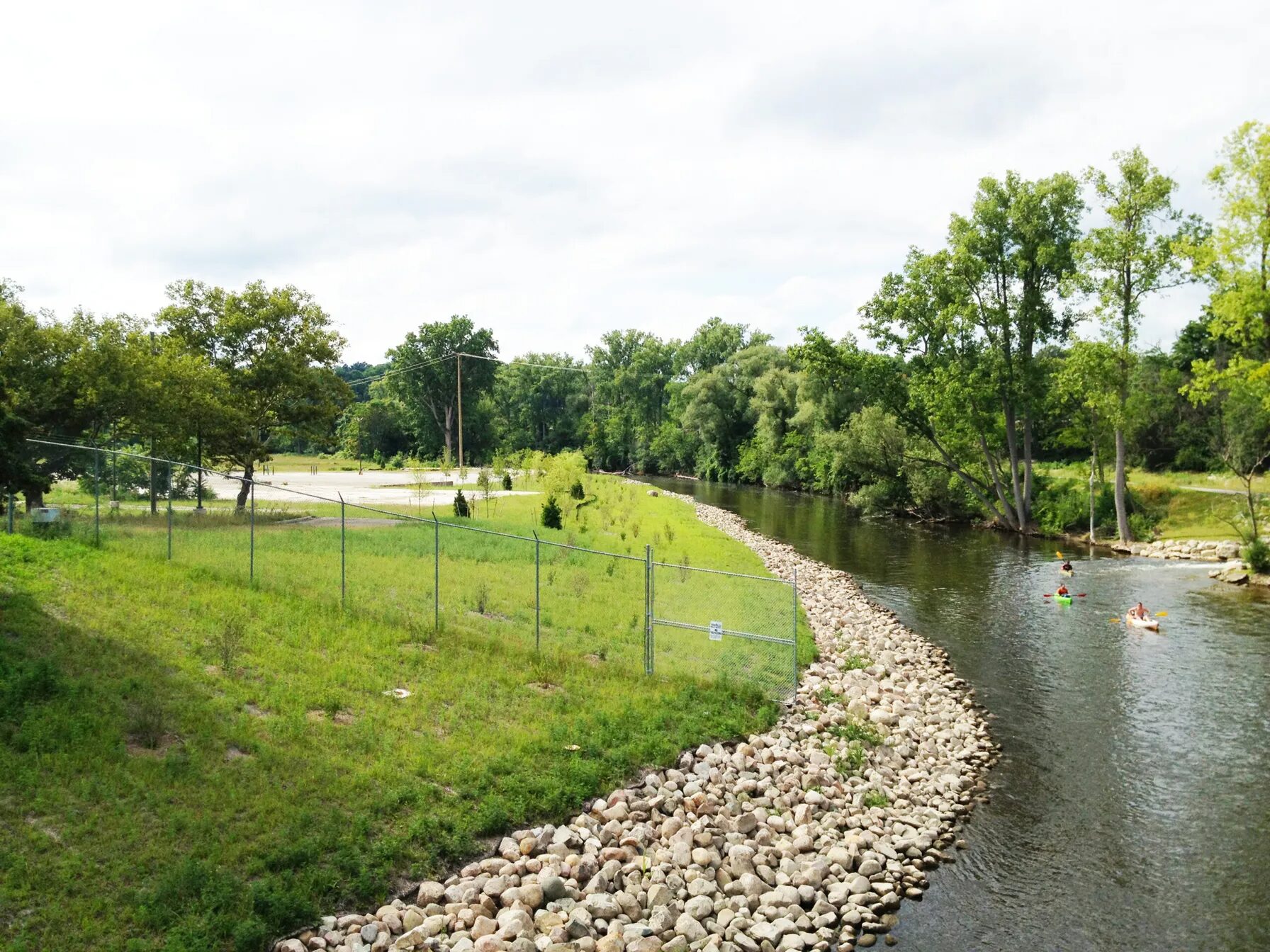
Frequently Asked Questions
These common questions can help you better understand the key details of our services and the ins and outs of sediment remediation. If you have additional questions, contact us.
We offer tailored solutions that focus on risk-based decision-making, innovative remediation technologies and efficient site characterization. Our performance-based remediation ensures schedule and cost certainty to help your organization meet its financial and regulatory objectives.
Related Materials
Partner With TRC’s Industry-Leading Sediment Experts Today
At TRC, we understand that every sediment remediation project is unique. Our client-centered approach focuses on providing tailored solutions that meet your operational requirements and regulatory demands.
Contact us today for more information or to schedule your consultation.


